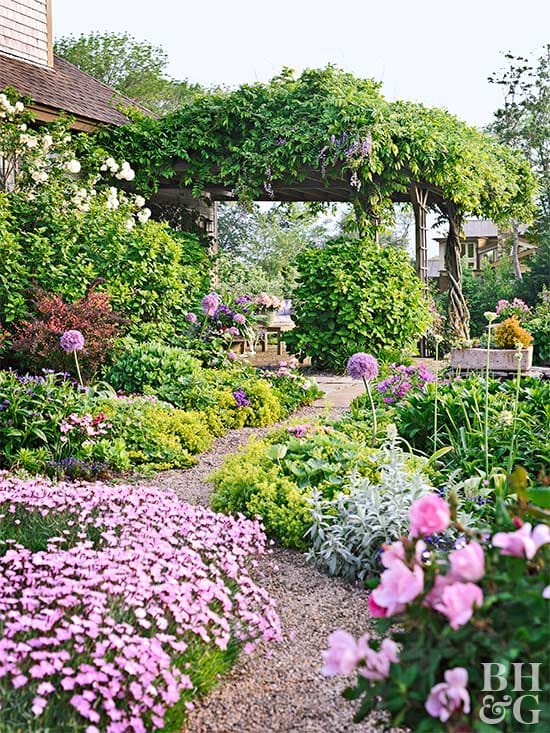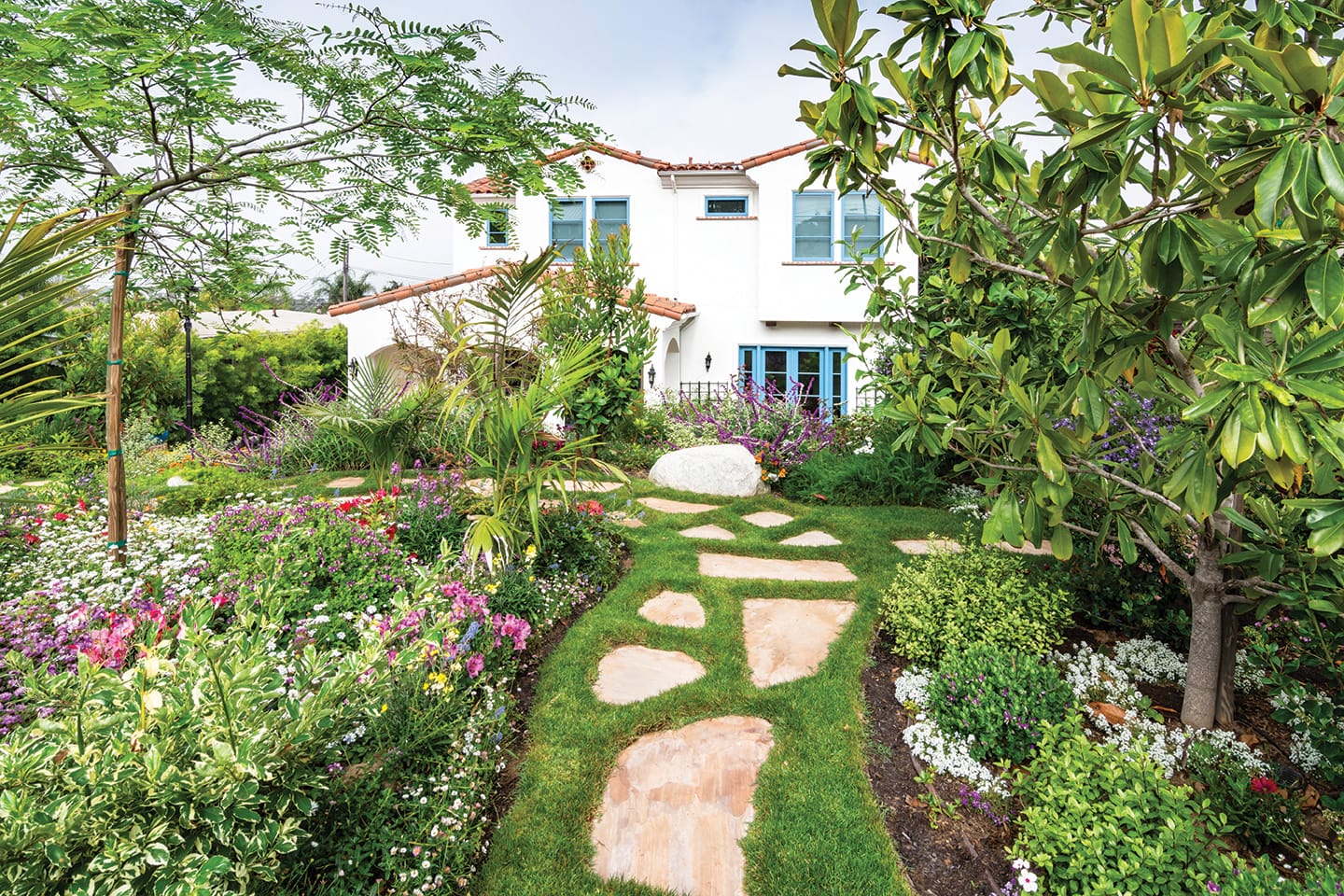Cottage Garden Landscaping: How to Bring Charm to Your Yard
By Innovation Grounds
If you’ve ever dreamed of a garden that feels like it’s straight out of a storybook, then cottage garden landscaping might be just the thing you’re looking for. This charming and whimsical style of gardening is all about creating a lush, natural, and inviting space that blends beauty and practicality. Whether you have a small backyard or a larger plot of land, cottage garden landscaping can bring a cozy, timeless feel to your yard. Here’s how to get started and transform your outdoor space into a serene retreat.
What is Cottage Garden Landscaping?
Cottage garden landscaping is inspired by the traditional gardens of English cottages. These gardens are known for their dense plantings, vibrant colors, and informal, slightly overgrown look. It’s a style that celebrates nature, with flowers, herbs, and vegetables coexisting harmoniously. The goal is to create a space that feels both organic and welcoming, with a mix of old-fashioned charm and a touch of rustic elegance.

1. Start with a Strong Foundation: Choose the Right Plants
The heart of cottage garden landscaping is the plants. Unlike formal gardens that rely on symmetry and straight lines, a cottage garden embraces a more relaxed, eclectic approach. When selecting plants, choose a mix of perennials, annuals, herbs, and vegetables to ensure year-round interest and color.
Popular choices for cottage gardens include:
- Roses – A classic addition, roses add romance and fragrance to any space.
- Lavender – Perfect for creating a calming atmosphere with its soft purple blooms and soothing scent.
- Peonies – These lush, showy flowers are a cottage garden staple and bloom in late spring.
- Shasta daisies – With their cheerful white petals, they brighten up any garden.
- Foxglove – Their tall spikes of flowers add height and drama.
- Clematis – This climbing vine adds a touch of elegance when it’s trained over fences or arbors.
Don’t forget about incorporating herbs like thyme, rosemary, and mint. These not only look great but also serve practical purposes in the kitchen.

2. Incorporate Curves and Soft Edges
Unlike formal gardens with straight lines and rigid structures, cottage gardens thrive on soft, flowing curves. When planning your garden beds, avoid sharp corners and opt for sweeping curves to mimic the natural patterns found in the wild. This approach will make your garden feel more inviting and less structured, which is key to the cottage garden aesthetic.
Consider creating winding paths using gravel, stepping stones, or brick. These paths will lead visitors through the garden and give it a sense of discovery. Don’t worry if the paths look a little “worn” over time—this adds to the charm of the cottage garden.

3. Add Whimsical Touches
Cottage gardens are all about personality, and one of the easiest ways to infuse some charm into your landscaping is by adding whimsical touches. Think vintage garden tools, birdbaths, charming benches, or even a rustic gazebo. A well-placed wrought-iron gate, a picket fence, or colorful garden sculptures can help to further enhance the cozy, quaint vibe of the garden.
You can also add climbing plants like ivy or roses to your structures, giving them a weathered, “lived-in” feel. Keep the accessories simple and rustic—cottage gardens are more about nature’s beauty than highly polished decor.

4. Maximize Vertical Space
In smaller yards, vertical gardening is key to making the most of your space. Use trellises, arbors, and fences to grow climbing plants like morning glories, sweet peas, or climbing roses. These plants will not only add color and texture but also create a sense of height and dimension in your garden.
Hanging baskets filled with flowers or trailing vines are another great way to add visual interest and save space.

5. Mix Edible and Ornamental Plants
One of the unique aspects of cottage garden landscaping is the integration of edible plants alongside ornamental ones. Herbs like basil, oregano, and chives can grow alongside flowers like daisies and coneflowers, creating a colorful yet functional garden. Vegetables like tomatoes, lettuce, and carrots can also be tucked into the borders of your garden beds, blending seamlessly with the floral plantings.
This mix of food and flowers not only adds beauty to your garden but also offers the practical benefit of fresh produce right in your backyard.

6. Let the Garden Evolve
Finally, the beauty of a cottage garden is that it doesn’t have to be perfect. Over time, your plants will grow and evolve, and new surprises will emerge as you discover which flowers thrive in your space. Allow your garden to become a living, breathing part of your home, with changing colors and textures throughout the seasons.
Cottage garden landscaping is an ongoing project that will continue to enchant you year after year as it matures and transforms.

Conclusion
If you’re looking to add a little charm to your yard, cottage garden landscaping is an excellent way to create a warm, inviting space that feels like a peaceful retreat. By choosing the right plants, embracing soft curves, and adding personal touches, you can turn your outdoor area into a lush, vibrant oasis. Whether you have a small yard or a large garden, the relaxed, informal style of cottage gardening is sure to bring beauty and character to your home.



